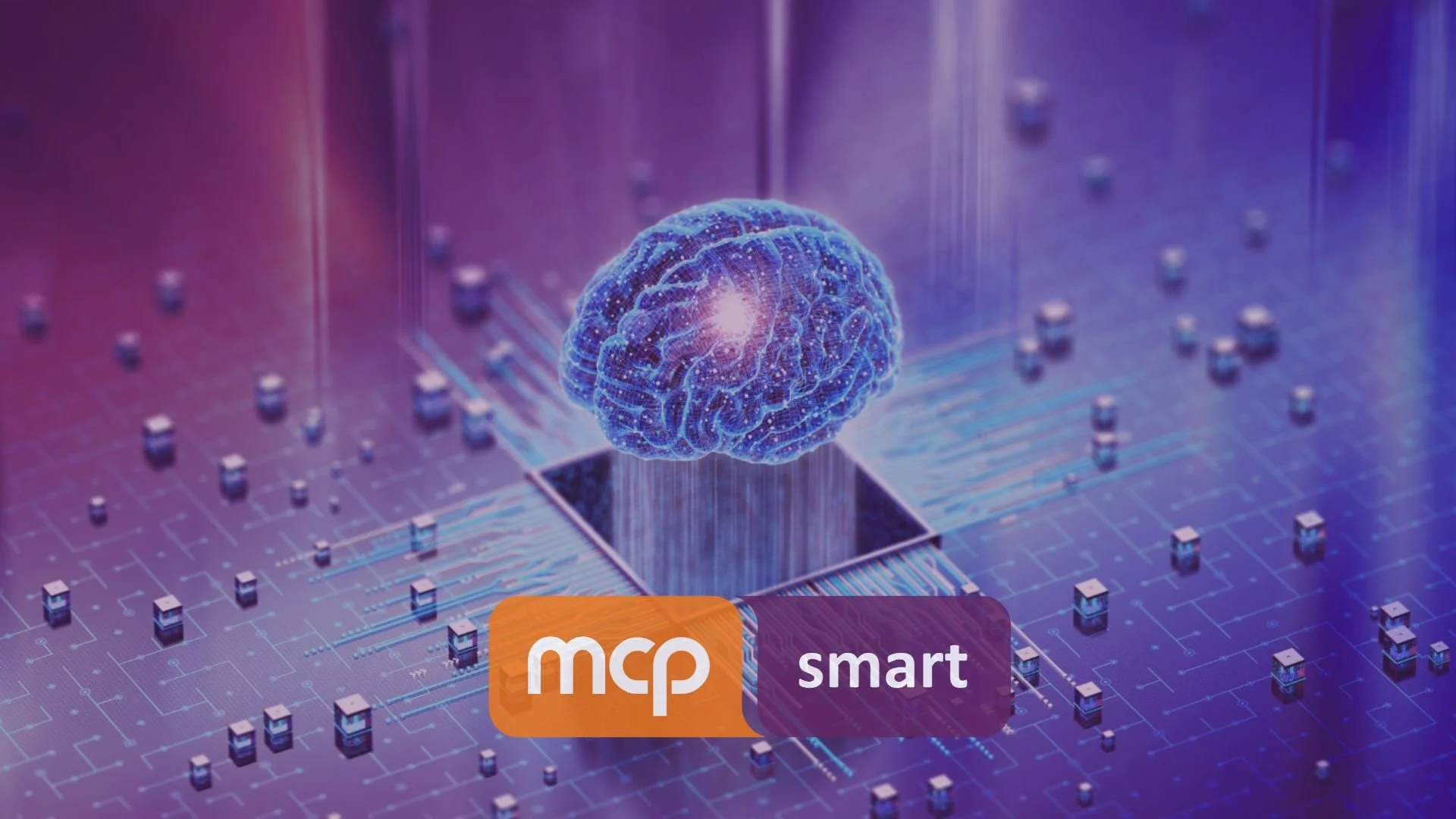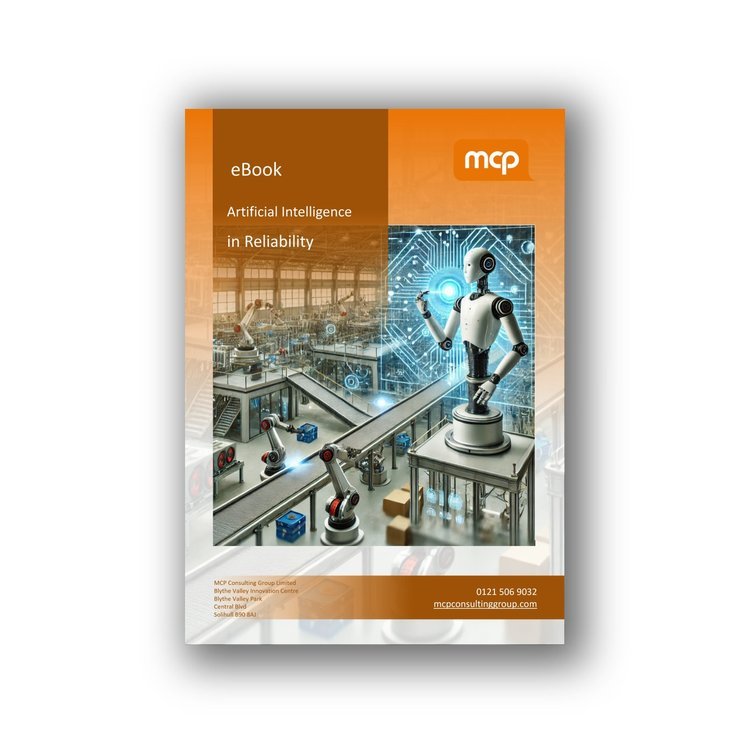Harnessing Digital Twins and AI Modelling in Manufacturing and Food Production
You may have heard that digital twins and AI modelling can revolutionise the way manufacturers and food producers operate, but what are they and how do they differ from each other? While these technologies share similarities, they serve distinct purposes, in this blog we provide a better understanding their differences and how organisation can leverage them effectively.
Understanding Digital Twins vs AI Modelling
What is a Digital Twin?
A digital twin is a virtual representation of a physical asset, process, or system that continuously updates and evolves using real-time data. This digital counterpart mirrors its real-world equivalent and allows businesses to simulate, analyse, and optimise operations without disrupting production. Digital twins provide a dynamic and accurate model that can help manufacturers and food processors predict failures, improve efficiency, and reduce downtime.
What is AI Modelling?
AI modelling, on the other hand, refers to the use of artificial intelligence algorithms to analyse data, identify patterns, and make predictions. AI models are trained on vast amounts of historical and real-time data to improve decision-making, optimise workflows, and enhance product quality. Unlike digital twins, AI models do not necessarily represent a physical object but rather focus on predictive analysis and automation.
Key Differences Between Digital Twins and AI Modelling
Market Growth and Industry Adoption
The adoption of digital twins and AI modelling is accelerating rapidly across the manufacturing and food production sectors. Recent research indicates the global digital twin market is projected to grow from approximately $14 billion in 2024 to over $110 billion by 2027, with a compound annual growth rate (CAGR) of around 30%. Meanwhile, AI in manufacturing is expected to exceed $20 billion by 2025, driven by demand for predictive analytics, automation and operational efficiency.
Despite this growth, only around 29% of manufacturers have currently implemented digital twin strategies, highlighting a significant opportunity for businesses to gain competitive advantage through early adoption.
Applications in Manufacturing and Food Production
Both technologies can play a crucial role in manufacturing and food production, enabling companies to reduce waste, improve efficiency and maintain high-quality standards.
1. Predictive Maintenance and Reduced Downtime
Digital twins can simulate machinery performance in real-time, identifying potential failures before they occur. This is particularly useful in food production, where equipment reliability is critical to avoid contamination and spoilage. AI modelling complements this by predicting maintenance needs based on historical patterns and sensor data.
2. Process Optimisation and Quality Control
Food production involves complex processes that require precise control over variables such as temperature, pressure, and moisture. Digital twins enable manufacturers to simulate and adjust these factors virtually before making changes in the actual production line. AI models, on the other hand, analyse quality data to detect defects and inconsistencies in food products, ensuring high standards are maintained.
3. Supply Chain Management and Demand Forecasting
AI modelling can predict consumer demand trends, helping manufacturers optimise inventory levels and reduce food waste. By integrating AI with digital twins, businesses can simulate different supply chain scenarios, identify bottlenecks, and improve logistics efficiency.
4. Sustainability and Energy Efficiency
Both technologies contribute to sustainability by reducing energy consumption and waste. Digital twins help manufacturers test energy-efficient production methods, while AI modelling identifies areas where energy and resources can be optimised.
Conclusion
Digital twins and AI modelling are reshaping the future of manufacturing and food production, each offering unique benefits. While digital twins provide a real-time virtual representation of physical systems, AI modelling excels in data analysis and predictive decision-making. By integrating these technologies, businesses can create a smarter, more efficient, and sustainable production environment.
Adopting digital twins and AI modelling is no longer a luxury but a necessity for businesses looking to stay competitive in highly competitive marketplace. Whether it’s improving production processes, enhancing quality control, or optimising supply chains, these technologies offer immense potential to drive efficiency and innovation.



